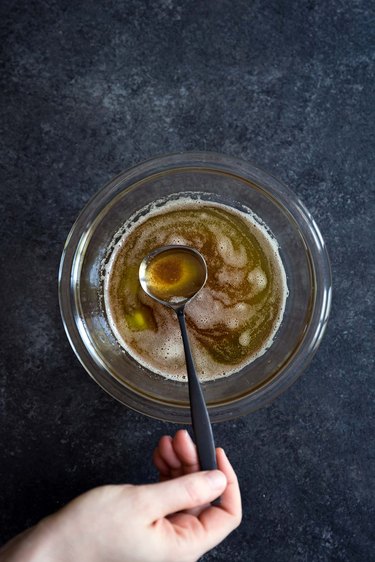Brown butter (also known as beurre noisette) is a wonderful thing. It comes together quickly and adds incredible flavor and richness to both sweet and savory dishes alike. Think pasta sauces, baked goods, glazes, or even a light coating over vegetables in place of regular butter! If you're unfamiliar with brown butter, it's regular, unsalted butter that has been cooked until the milk solids caramelize. They develop an aromatic, nutty, and slightly sweet flavor that's out of this world. However, brown butter can burn easily if you're not careful. With this basic technique, you'll have it down in no time!
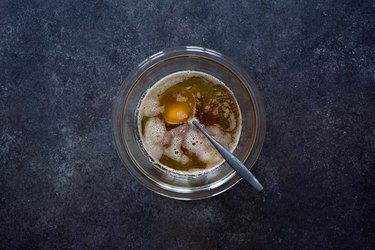
Things You’ll Need
-
4 ounces (8 tablespoons) unsalted butter
-
Medium saucepan
-
Whisk
Step 1: Gather your ingredients.
The main thing to note here is that you want to always use unsalted butter. Some people prefer to use a spatula, but whisking the butter while it's cooking will keep the milk solids moving and help prevent burning.
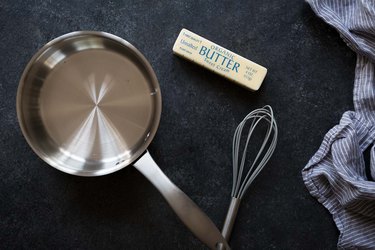
Step 2: Melt butter over medium heat.
In a medium saucepan, melt the butter over medium heat.
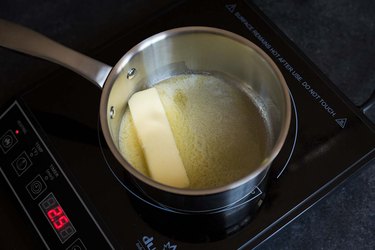
Step 3: Whisk the butter.
When foam appears, begin whisking constantly. After a few minutes, the foam will disappear as the milk solids fall toward the bottom of the pan. The bubbles will become larger and the butter will slowly become more translucent. Eventually, brown bits will begin to appear near the bottom of the pan.
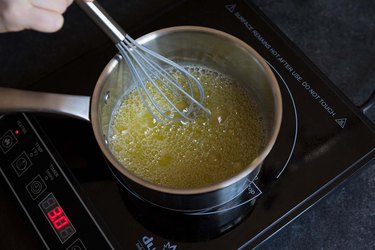
Step 4: Briefly allow the brown bits to darken.
This is the critical moment. The darker the brown butter, the richer and nuttier the flavor. However, brown butter can burn very quickly, so you might want to play it safe the first time. Or, you can be daring and push things a bit. Absolute worse case scenario, you lose a stick of butter and start over while you're getting a feel for things. The next step is also key.
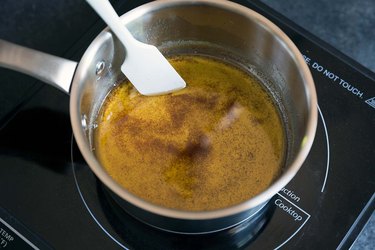
Step 5: Immediately remove from the heat and transfer to a new bowl.
Once the brown butter is ready, immediately remove it from the heat and transfer to a clean bowl. The residual heat from the pan could potentially continue browning the butter (hence pushing it to "burnt") so don't let it linger too long.
Tip
Some people like to strain the brown bits through a cheese cloth and/or fine mesh strainer, reserving only the butter. You might want to do this if you'll be using the butter in a sauce and are concerned about a smooth appearance, but I prefer to scrape out every last brown bit. They have the best flavor!
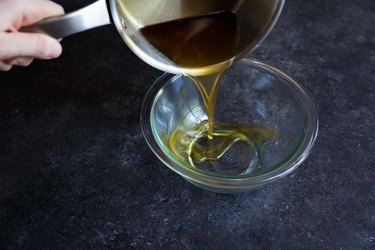
Step 6: Serve or store in an airtight container.
Brown butter will store in the refrigerator for as long as regular butter.
